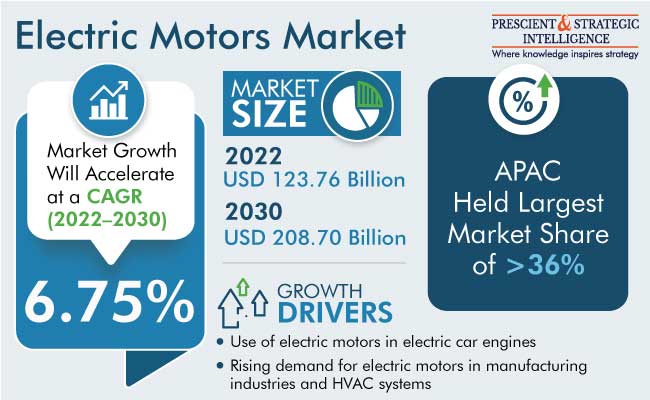What is a humanoid robot? How is it different from industrial arms or wheeled robots?
A humanoid robot is a type of robot designed to resemble and mimic human form, movement, and behavior. These robots typically have a head, torso, arms, and legs, allowing them to interact with environments built for humans. They can perform actions such as walking, talking, grasping objects, or even expressing emotions — bridging the gap between human intelligence and machine automation.
Unlike industrial robotic arms, which are fixed in one place and designed for repetitive manufacturing tasks like welding or assembly, humanoid robots are built for versatility and adaptability. They can move across different terrains, use tools meant for humans, and interact with people in natural ways.
On the other hand, wheeled robots rely on wheels for mobility, which makes them faster and more stable on smooth surfaces but limits their ability to navigate stairs or uneven terrain. Humanoids, with their bipedal locomotion, can overcome these challenges and operate in human-centric spaces — such as offices, hospitals, or homes — where wheeled robots or industrial arms cannot easily function.
In short, humanoid robots combine mechanical design, artificial intelligence, and human-like control systems to perform complex, interactive, and dynamic tasks, making them the future of service robotics and human-robot collaboration.
A humanoid robot is a type of robot designed to resemble and mimic human form, movement, and behavior. These robots typically have a head, torso, arms, and legs, allowing them to interact with environments built for humans. They can perform actions such as walking, talking, grasping objects, or even expressing emotions — bridging the gap between human intelligence and machine automation.
Unlike industrial robotic arms, which are fixed in one place and designed for repetitive manufacturing tasks like welding or assembly, humanoid robots are built for versatility and adaptability. They can move across different terrains, use tools meant for humans, and interact with people in natural ways.
On the other hand, wheeled robots rely on wheels for mobility, which makes them faster and more stable on smooth surfaces but limits their ability to navigate stairs or uneven terrain. Humanoids, with their bipedal locomotion, can overcome these challenges and operate in human-centric spaces — such as offices, hospitals, or homes — where wheeled robots or industrial arms cannot easily function.
In short, humanoid robots combine mechanical design, artificial intelligence, and human-like control systems to perform complex, interactive, and dynamic tasks, making them the future of service robotics and human-robot collaboration.
What is a humanoid robot? How is it different from industrial arms or wheeled robots?
A humanoid robot is a type of robot designed to resemble and mimic human form, movement, and behavior. These robots typically have a head, torso, arms, and legs, allowing them to interact with environments built for humans. They can perform actions such as walking, talking, grasping objects, or even expressing emotions — bridging the gap between human intelligence and machine automation.
Unlike industrial robotic arms, which are fixed in one place and designed for repetitive manufacturing tasks like welding or assembly, humanoid robots are built for versatility and adaptability. They can move across different terrains, use tools meant for humans, and interact with people in natural ways.
On the other hand, wheeled robots rely on wheels for mobility, which makes them faster and more stable on smooth surfaces but limits their ability to navigate stairs or uneven terrain. Humanoids, with their bipedal locomotion, can overcome these challenges and operate in human-centric spaces — such as offices, hospitals, or homes — where wheeled robots or industrial arms cannot easily function.
In short, humanoid robots combine mechanical design, artificial intelligence, and human-like control systems to perform complex, interactive, and dynamic tasks, making them the future of service robotics and human-robot collaboration.
0 Σχόλια
0 Μοιράστηκε
523 Views





